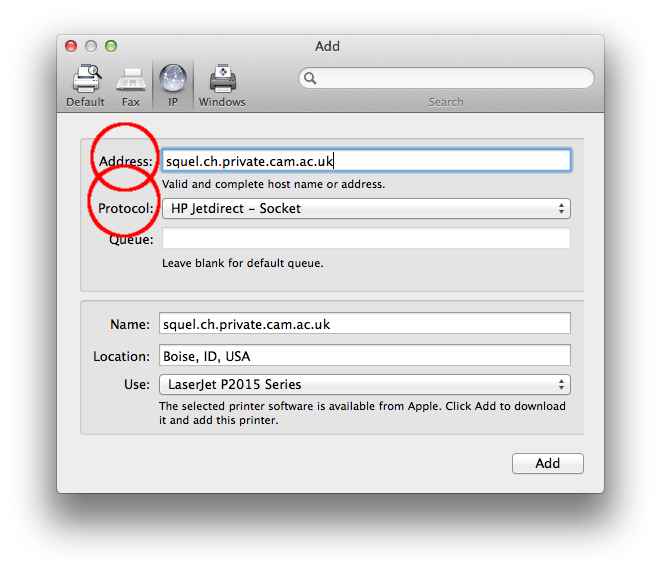Hp Print Mac
To print on a custom paper size on a Mac, create a new custom paper size, and then select the new size for the print job. Choose a method to create a custom paper size, depending on the File menu options in your application. If your File menu includes both a Page Setup and a Print option, choose the Page Setup option. In this generic example I have used the generic driver instead of HP, Dell or other so few options are available. Click on 'Set Default Options' at the bottom of the list of options. Enter your administration username and password into the dialog box that appears and then click the blue Okay button in the bottom right corner of the box. Remove any print driver and software installed on your Mac, and then add the printer with AirPrint. Download and open HP Easy Start. From the HP Easy Start drop-down menu, click Uninstall HP Software.

MAC address is an abbreviation of “media access control address” is a unique number assigned to (NIC) network interface controller. MAC address is pre-equipped in most of the HP Printers identify the device attached to a particular network. A device can only access your network which is present on your filter list.
Hp Printer Mac
You must be logged in with an account that has administrator rights on your Mac to change these settings. If you are prompted for a username/password, use the ones for your administrator account on your Mac, not your MIT Kerberos Principle.
This can be done through the cups interface.
Hp Printer Mac Software

Hp Printer Mac Drivers Download
- In a browser, go to the webpage 127.0.0.1:631/printers.
Note: If you get an error message such as 'cannot connect' or 'web interface is disabled', start the Terminal app (in Applications > Utilities) and enter the command: cupsctl WebInterface=Yes - Select your printer (link is in blue).
- Under Administration, select Set default options.
- Modify the options that you wish to change. In this generic example I have used the generic driver instead of HP, Dell or other so few options are available.
- Click on 'Set Default Options' at the bottom of the list of options.
- Enter your administration username and password into the dialog box that appears and then click the blue Okay button in the bottom right corner of the box.
- Go back to terminal and run the command: cupsctl WebInterface=No if you wish for that webpage to be disabled, e.g. public machine.

